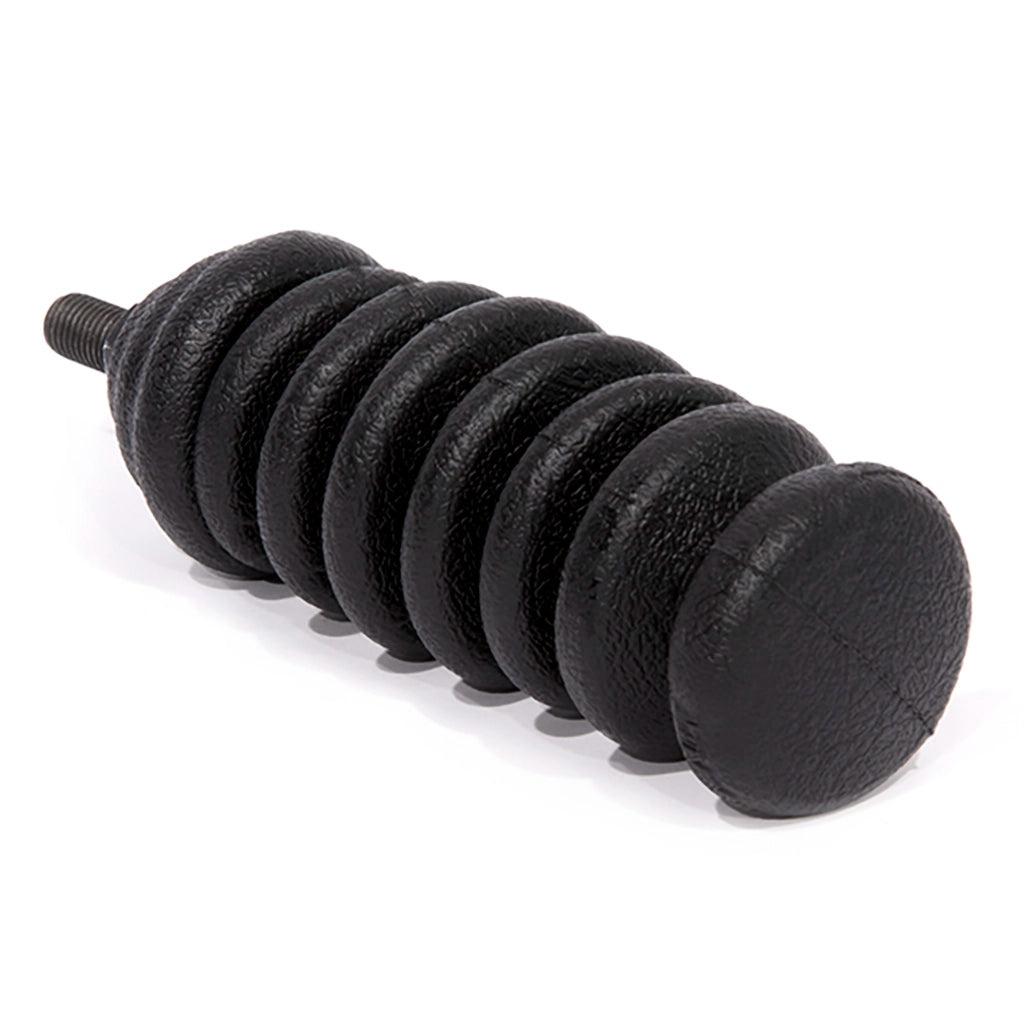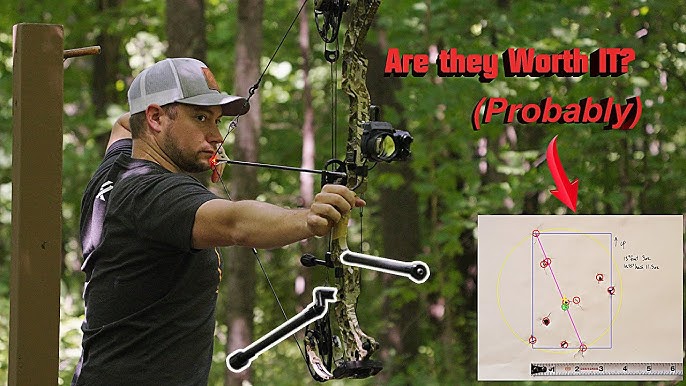Optimize Your Shot: Selecting the Right Archery Stabilizer
The Ultimate Guide to Choosing the Right Archery Stabilizer for Improved Precision
Archery is a sport that demands accuracy and accuracy, and picking the appropriate equipment is essential for attaining optimal results. Amongst the various devices readily available, an archery stabilizer plays a substantial role in improving precision. With so lots of alternatives on the market, it can be frustrating to establish which stabilizer is the appropriate fit for your demands. In this extensive guide, we will explore the vital factors to think about when picking an archery stabilizer for boosted accuracy. From finding the optimal size to comprehending the various styles and products, we will certainly look into whatever you need to know to make an educated decision. Whether you are a seasoned archer looking to upgrade your tools or a beginner looking for guidance, join us on this journey as we untangle the keys to picking the best archery stabilizer.
Size: Finding the Optimal Stabilizer Size
Establishing the perfect stabilizer size is critical when choosing an archery stabilizer for ideal performance. The size of a stabilizer straight affects the equilibrium, stability, and precision of the bow. A stabilizer that is too long can make the bow feel top-heavy and tough to manage, while a stabilizer that is also short may not supply enough security and dampening of resonances. Locating the appropriate size requires taking into consideration elements such as the archer's shooting design, bow weight, and personal preference.
A longer stabilizer, generally varying from 8 to 12 inches, can supply better security and minimize bow torque. This is especially valuable for archers who shoot with a high draw weight or those who have a tendency to torque the bow throughout the shot. The included length helps to disperse the weight evenly and counterbalance any type of torque or activity.
On the various other hand, a much shorter stabilizer, typically in between 4 to 7 inches, provides extra maneuverability and quicker reaction. It is preferred by archers that fire with a reduced draw weight or those who call for even more movement, such as seekers or 3D shooters. The much shorter size enables easier movement with limited areas and faster changes.
Inevitably, the optimal stabilizer length is an issue of individual choice and shooting style. It is suggested to explore different lengths and observe the effects on stability and accuracy. Consulting with skilled archers or experts can likewise provide important insights and suggestions.
Weight: Establishing the Appropriate Stabilizer Weight
After taking into consideration the optimum stabilizer size, the following important factor to consider when picking an archery stabilizer is determining the appropriate stabilizer weight - archery stabilizer. The weight of the stabilizer plays an important duty in boosting precision and security during the shot
The weight of the stabilizer influences the equilibrium and control of the bow. A larger stabilizer can supply boosted stability and control, especially for shooters with a propensity for unsteady hands or irregular shots. It helps to soak up the resonances and recoil generated by the bow, minimizing torque and lessening the impact on the arrow's trip.
On the other hand, a lighter stabilizer allows for a quicker and a lot more responsive bow. It can be advantageous for shooters that prioritize ability to move and speed over stability. Lighter stabilizers likewise decrease exhaustion throughout long shooting sessions or competitors.
To identify the ideal stabilizer weight for your demands, it is vital to consider your shooting design, physical stamina, and bow setup. Trying out with different weights and observing the influence on your shooting performance is key to locating the excellent equilibrium.
Eventually, the ideal stabilizer weight will vary for each and every specific archer. It is recommended to begin with a moderate weight and make changes based on individual preference and capturing results. Keep in mind, the objective is to attain a steady and regulated shot, while likewise keeping comfort and simplicity of usage.
Materials: Selecting the Right Materials for Longevity and Performance
When choosing an archery stabilizer, it is essential to meticulously consider the products utilized in its building to make certain sturdiness and enhance efficiency. The choice of products can greatly affect the total top quality and effectiveness of the stabilizer.
One of the most typically utilized products for stabilizers is carbon fiber. Furthermore, carbon fiber stabilizers are resistant to temperature changes and are less likely to warp or bend over time.
Another popular material for stabilizers is light weight aluminum. Aluminum stabilizers are recognized for their durability and rigidity. They provide outstanding wetting capacities, reducing the amount of shock and vibration moved to the shooter's hand. Light weight aluminum stabilizers likewise supply a large range of modification choices, enabling archers to adjust the weight and size to suit their preferences.
Some stabilizers are created making use of a combination of products. For instance, a stabilizer may have a carbon fiber core wrapped in an aluminum covering. This hybrid layout incorporates the finest high qualities of both products, giving ideal security, longevity, and performance.
Layout: Comprehending the Different Stabilizer Styles and Their Effects
Thinking about you can try these out the materials used in archery stabilizers, it is very important to currently delve right into the different styles of stabilizers and their corresponding results. The style of an archery stabilizer plays an important duty in improving precision and decreasing resonance during the shot. There published here are several various designs readily available on the market, each with its very own distinct features.

One more popular design is the side bar stabilizer. This layout includes attaching a brief rod sideways of the bow, alongside the primary long pole. Side bar stabilizers assist in counterbalancing the weight of accessories, such as quivers or views, and supply additional security to the bow.
Some stabilizers include flexible weights. These stabilizers enable archers to fine-tune the balance and feeling of their bows by adding or getting rid of weights. This function is particularly beneficial for archers who prefer a specific weight circulation or want to explore different arrangements.
Additionally, some stabilizers include moistening technology to decrease vibration and sound. These stabilizers typically have built-in dampeners or utilize products that soak up resonances, resulting in a smoother and quieter shot.

Devices: Discovering Additional Accessories for Improved Security
To better enhance stability in archery, additional accessories can be utilized. These accessories are made to operate in combination with the archery stabilizer to provide an even greater level of stability and accuracy. One such accessory is the V-bar or the side stabilizer install. This accessory enables for the accessory of a second stabilizer, which helps to lower and stabilize the bow torque. By dispersing the weight equally on both sides of the bow, the V-bar aids to decrease any kind of undesirable activity throughout the shot.
Another device that can boost security is a bow sling. A bow sling is a strap that affixes to the bow and permits the archer to maintain a loosened up grasp on the bow manage without the fear of you could try here dropping it (archery stabilizer). This unwinded grasp assists to decrease muscle mass tension and enables a much more stable and consistent shot
In addition, a stabilizer weight system can be utilized to tweak the balance and security of the bow. These weight systems commonly are composed of little weights that can be added or removed from the stabilizer to readjust the balance factor of the bow. By discovering the optimal equilibrium factor, archers can accomplish a more secure and precise shot.
Conclusion
In conclusion, choosing the ideal archery stabilizer involves thinking about variables such as length, weight, materials, style, and added devices. The ideal stabilizer size and weight will depend on individual preferences and shooting design.
Identifying the excellent stabilizer length is vital when selecting an archery stabilizer for ideal efficiency. A stabilizer that is also long can make the bow really feel top-heavy and challenging to manage, while a stabilizer that is also short may not give adequate security and dampening of resonances - archery stabilizer.Taking into account the materials used in archery stabilizers, it is essential to now delve into the different styles of stabilizers and their particular results. Side bar stabilizers assist in counterbalancing the weight of devices, such as quivers or views, and offer extra stability to the bow
These weight systems normally are composed of tiny weights that can be included or eliminated from the stabilizer to change the balance factor of the bow.